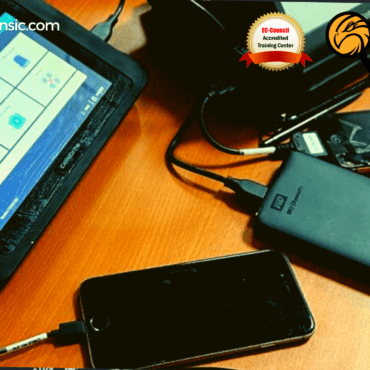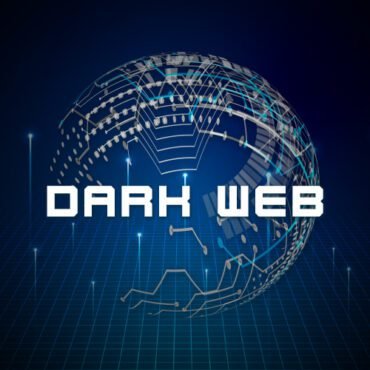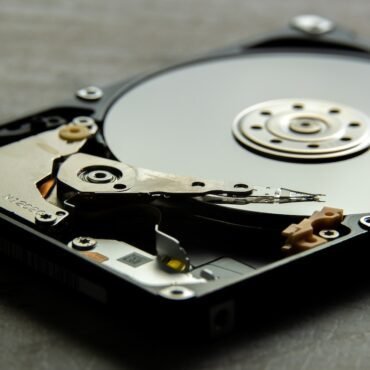Every Investigator Should Know These Top 10 Digital Forensic Tools, Both Free and Paid 2025
In the rapidly developing field of digital forensics, having the appropriate collection of tools is very necessary in order to carry out efficient investigations, guarantee the integrity of data, and deliver findings that are ethically and legally acceptable. Whether you are a beginner in forensic investigations or a seasoned professional, having the right tools makes all the difference. Depending on the needs of the case, the available funds, and the level of analysis required, both open-source and proprietary tools are essential.
We examine the best ten digital forensic tools below, which are divided between paid and open-source options. Each tool has unique advantages and areas of expertise.
Open source
1.Autopsy
Autopsy is a computer tool that makes it easier to distribute a lot of the open source TKS plug-ins and programs. This software toolset designed to evaluate computer hard drives and smartphones and search for information that could help detect criminal activity or malicious activity. Investigators can more readily mark pertinent material by using the GUI.
Email analysis, the recovery of erased or corrupted data, surfing patterns and activities, call and message log extraction, location identification from images and videos, activity timeline finding, and more are some of Autopsy’s functions. Because Autopsy has multi-user functionality, it is also possible for numerous experts to operate on a single instance. Better use of resources and the sharing of pertinent expertise are made possible by this.
-
Volatility:
Whenever we turn a device off, all unsaved data, which is present in the RAM, gets deleted. It is only when we save something that it is transferred from the RAM to permanent memory. The ability to retrieve information from volatile memory is frequently essential in the field of cyber forensics to learn about current activity. A robust memory forensics framework called Volatility is used to examine RAM dumps from Linux, macOS, and Windows. It assists investigators in locating open network connections, hidden malware, running processes, and other ephemeral data that vanishes upon shutdown. Many experts prefer its command-line interface for in-depth memory examination.
-
Wireshark:
Wireshark is a free open source forensic tool that enables users to watch and analyze traffic in a network. Since every company keeps an internal network for daily operations, Wireshark is a great tool for network administrators and cybersecurity specialists to examine all network activity in order to spot deviations from accepted norms and focus on any questionable activity.
As Wireshark is an open source program, numerous developers from all around the world have enhanced it over time. In order to enforce rules and guarantee compliance, it is more and more important to have a centralized method of evaluating traffic patterns, as networks get bigger.
Computer-Aided Investigative Environment (CAINE):
CAINE Linux (Computer Aided INvestigative Environment) is a free, open-source digital forensic Linux distribution designed to assist investigators in conducting live and static digital forensic examinations. With its user-friendly interface and extensive pre-installed forensic tools, including Autopsy, The Sleuth Kit, Volatility, Wireshark, TestDisk, and many more, CAINE is built on top of Ubuntu. By automatically mounting disks in read-only mode while analysis is underway, it is intended to protect the integrity of digital evidence. To ensure that it does not change the system being examined, CAINE can be launched as a live operating system from a USB or DVD. It also offers built-in hash verification and logging to preserve chain of custody, as well as tools like WinTaylor for live forensics on Windows computers. For activities including disk imaging, data recovery, memory analysis, and incident response, law enforcement, forensic analysts, and cybersecurity experts frequently employ CAINE.
-
Paladin:
Sumuri created the Linux-based digital forensics suite Paladin with the goal of making forensic investigations easier through an intuitive graphical user interface. Because it is a live forensic boot environment, the integrity of the evidence can be preserved by running it straight from a USB or DVD without changing the target machine.
Paladin comes with a robust set of both proprietary and open-source tools for hash verification, data carving, disk imaging, file system analysis, and recovered deleted files. It works with forensic imaging formats like E01 and AFF and supports both Windows and Linux file systems. The Paladin Toolbox is one ofits primary features; it provides guided workflows for typical forensic activities, making it usable by both novice and expert investigators.
Paid software
-
Cellibrite UFED
Cellebrite UFED is a commercial mobile forensics tool developed by Cellebrite, an Israeli digital intelligence company. It is used globally by law enforcement, military, intelligence agencies, and corporate investigators to extract, decode, and analyze digital evidence from mobile and portable devices. It specializes in the extraction, decoding, and analysis of data from mobile phones, smartphones, tablets, GPS devices, SIM cards, and even drones.
Cellebrite UFED Tool Types:
i)UFED Touch2
A field extraction hardware device that is portable makes it possible to do logical, file system, and physical extractions instantly.
ii) UFED 4PC
Windows computers with a software-only version installed provides Touch2’s extraction features on a user’s personal computer.
iii) Physical Analyzer for UFED
Post-extraction sophisticated analysis software was utilized, creates reports, restores erased material, reconstructs timelines, and visualizes data.
iv)The UFED Cloud Analyzer
Gathers and examines data from cloud services, such as social networking, Google Drive, and iCloud, need the appropriate legal license and qualifications.
v) UFED Premium
Premium solution with cutting-edge features including data decryption, screen lock bypass, and physical extraction from contemporary smartphones, such as iPhones and high-security Android devices, Only authorized law enforcement authorities can access it.
- XRY:
The Swedish business MSAB (Micro Systemation AB), which specializes in digital forensics, created the expert mobile forensic tool XRY. With its ability to extract, decode, and analyze data from mobile phones, tablets, SIM cards, GPS devices, and other portable digital media, XRY is widely utilized by law enforcement, the military and forensic specialists worldwide. Both Android and iOS smartphones can have their call records, messages; contacts, app data (such as WhatsApp, Facebook, and Telegram), images, and more recovered using the tool. XRY collaborates with MSAB’s forensic analysis platform, XAMN, which streamlines investigation workflows with robust features like timeline creation, keyword search, and link analysis. It also maintains forensic integrity by working in a read-only mode and generating hash-verified reports that are admissible in court.
- Encase:
The well-known and potent digital forensic program OpenText created EnCase Forensic. Legal professionals, business investigators, and law enforcement agencies utilize it mainly to gather, store, examine, and report on digital evidence from computers, servers, and external storage devices. EnCase facilitates comprehensive forensic examination of registry data, emails, internet history, file systems, and hidden or erased files. It lets investigators undertake keyword searches, chronology analysis, artefact recovery, and bit-by-bit forensic image creation while preserving the evidence’s integrity and chain of custody. Complex investigations may be carried out effectively and in a way that is legally defendable because to Encase’s strong scripting capabilities and intuitive UI.
4.Oygen Forensic detective:
Oxygen Forensics created Oxygen Forensic Detective, a potent digital forensic tool for obtaining and examining data from smartphones, cloud services, SIM cards, drones, and Internet of Things devices. Supporting both iOS and Android, it enables the recovery of deleted data, social media activity, geolocation, and app content (such as WhatsApp and Telegram). Its capabilities, which include timeline views, link analysis, and facial recognition, make it easier for investigators to see links and find evidence quickly. It is well known for its deep data access and trustworthy it helps investigators visualize complex datasets and uncover hidden connections. It also offers access to cloud-based data using login credentials or tokens, making it ideal for modern investigations. Court-admissible reporting, and law enforcement and forensic specialists use it extensively.
- MOBILedit:
Compelson Labs created MOBILedit Forensic, a mobile forensic tool that can be used to retrieve, examine, and report data from a variety of mobile devices. It is renowned for its capacity to recover call logs, messages, contacts, app data, media files, and even erased stuff, and it works with both Android and iOS phones in addition to feature phones. The recovered data is presented in easily readable, court-admissible reports by MOBILedit, which provides both logical and physical extraction techniques. It is a useful tool for law enforcement, the military, and private investigators around the world because of capabilities including cloud data capture, automatic screen lock bypass (for compatible devices), and an intuitive user interface.





Post comments (0)